- Empty cart.
- Continue Shopping
Nelanarakam (Naregamia Alata)
Original price was: ₹580.00.₹398.00Current price is: ₹398.00.
Genus : Naregamia
“Nilanarakam (Naregamia alata) is a medicinal plant known for its various healing properties. It has been traditionally used in herbal medicine for its anti-inflammatory, analgesic, and anti-diabetic effects. This plant is also rich in antioxidants, promoting overall well-being. With its vibrant yellow flowers and attractive foliage, Nilanarakam adds beauty to any garden. Grow this plant and harness the natural healing power it offers.”
Naregamia alata, also known as the climbing naregamia, is a species of plant that belongs to the Rubiaceae family. It is native to Asia and can be found growing in tropical and subtropical forests.
The plant is a woody climber that can reach up to 10 meters in height. It has smooth, green stems with small, elliptical leaves that are arranged opposite each other. The flowers are small and white, with five petals that are fused at the base, and they bloom in clusters at the ends of the branches.
In traditional medicine, Naregamia alata has been used to treat a variety of ailments, including fever, diarrhea, and skin diseases. The plant contains several bioactive compounds, including alkaloids and flavonoids, which have been found to have anti-inflammatory, antimicrobial, and antitumor properties.
Naregamia alata is also a valuable plant in the timber industry, as its wood is strong and durable and has been used to make furniture, boats, and other wooden structures. The plant is also cultivated as an ornamental plant due to its attractive foliage and flowers.
The plant prefers a warm, humid climate and well-drained soil. It can be propagated by seed or by stem cuttings, and it can be trained to grow as a climbing vine or as a small tree with proper pruning. In some areas, the plant has become invasive and can take over natural habitats, so it should be grown with caution and under proper management.
Overall, Naregamia alata is a versatile plant that is valued for its medicinal, timber, and ornamental uses.


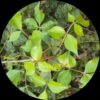
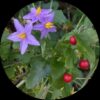

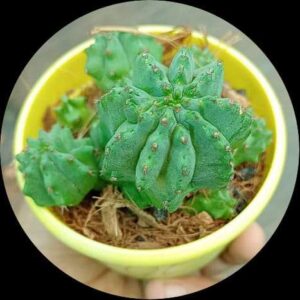
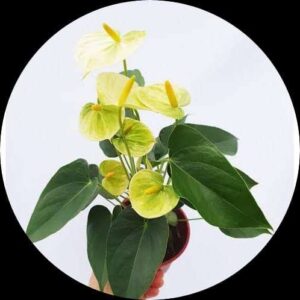

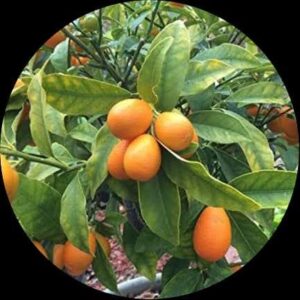
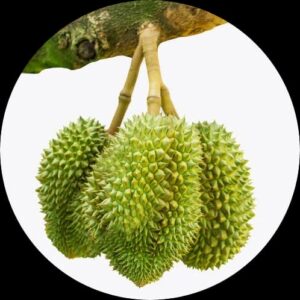

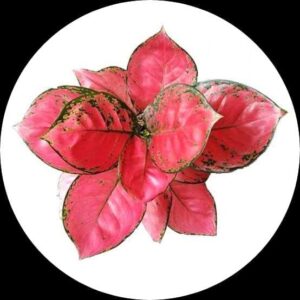
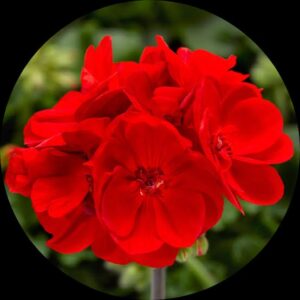
Reviews
There are no reviews yet.